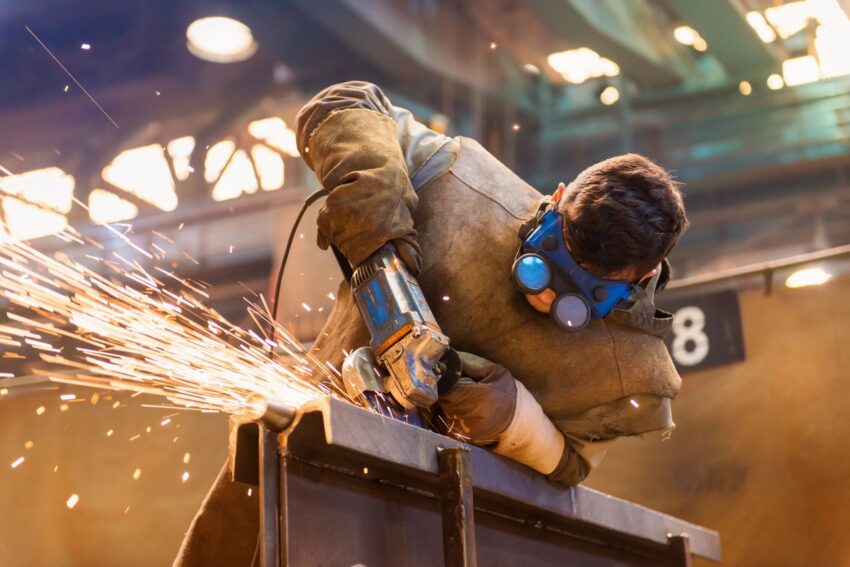Workplace safety is a critical issue that all employers should take seriously. To create a safe environment for factory workers, it is vital to understand the hazards that they may face on the job. This comprehensive guide will provide you with information on how to identify and prevent workplace injuries. We’ll also discuss the importance of safety training and proper safety equipment for factory workers. Let’s get started!

Workplace Hazards:
The first step in creating a safe environment for factory workers is to identify the potential hazards they may face. Some common workplace hazards include slips, trips, and falls; electrical hazards; caught-in or between equipment; and exposure to hazardous materials. Therefore, it’s crucial to conduct a hazard assessment of your facility to identify any potential dangers to which your workers may be exposed.
Once you’ve identified the hazards present in your workplace, you can take steps to eliminate or control them. There are various ways to do this, including implementing engineering controls, administrative controls, and personal protective equipment (PPE). Engineering controls are physical changes to the work environment that reduce or eliminate worker exposure to hazards. Administrative controls are changes to work procedures or policies that reduce worker exposure to hazards.
Safety Training:
Another critical step in creating a safe environment for factory workers is to provide them with safety training. Safety training can help workers learn how to identify and avoid potential hazards in the workplace. Therefore, offering initial and ongoing safety training for all workers and specific job-related safety training for new employees is essential.
When developing a safety training program, be sure to include information on the types of hazards present in the workplace and how to control or eliminate them. You should also cover basic first aid and emergency procedures, as well as what to do if an accident does occur. Finally, ensure that your safety-training program is interactive and engaging so that workers will retain the information they’ve learned.
Keep It Clean and Organized:
A cluttered and dirty work environment can also lead to accidents and injuries. For example, factory workers are more likely to trip and fall if objects are in their path, so keeping the work area clean and free of debris is essential, so keep an asbestos removal service on speed dial. In addition, good housekeeping practices can go a long way toward preventing workplace accidents.
In addition to keeping the physical work environment clean, it’s also important to maintain good organization. This means having a place for everything and making sure that tools and materials are stored properly when not in use. In addition, workers who know where things are supposed to go are less likely to trip or fall while looking for them.
Personal Protective Equipment:
Another critical aspect of creating a safe environment for factory workers is to provide them with the proper personal protective equipment (PPE). PPE is clothing or equipment that workers can wear to protect themselves from hazards on the job. Common types of PPE include gloves, safety glasses, hard hats, and respirators.
It’s important to ensure that workers are adequately trained to use their PPE before they begin working. They should also be given instructions on when it’s necessary to wear their PPE and how to care for it properly. Finally, you should regularly inspect all PPE to ensure it’s in good condition and fit correctly.
There are a number of steps that you can take to create a safe environment for factory workers. By identifying workplace hazards, providing safety training, and maintaining a clean and well-organized work area, you can help prevent accidents and injuries in your facility. Personal protective equipment is also essential to keeping workers safe on the job.


